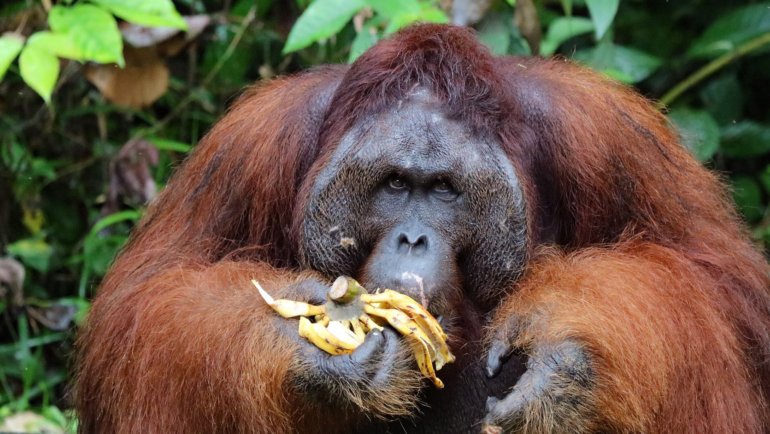Leopards are the only felines in the cat family known to be present in almost all habitats exhibiting diverse and, at times, contrasting climatic conditions.
Therefore, in this article, I will provide all the necessary information about these beautiful big cats in terms of their habitats.
I will also highlight scientifically proven facts and details regarding the various leopard sub-species in different areas; to enable you to understand them better.
Where Do Leopards Live?
Scientifically known as Panthera pardus, the leopard is one of the five members of the big cat family (genus Panthera, family Felidae). Their sub-species are present in; Africa, Western and Central Asia, Southern parts of Russia, and some parts of the semi-arid Middle East.
In Africa, these cats are mainly found in the semi-arid (desert) regions of Morocco, Libya, Gambia, Togo, and Tunisia. They are also present in the continent’s sub-Saharan parts of Kenya, Tanzania, Uganda, Lesotho, Zambia, Botswana, and South Africa.
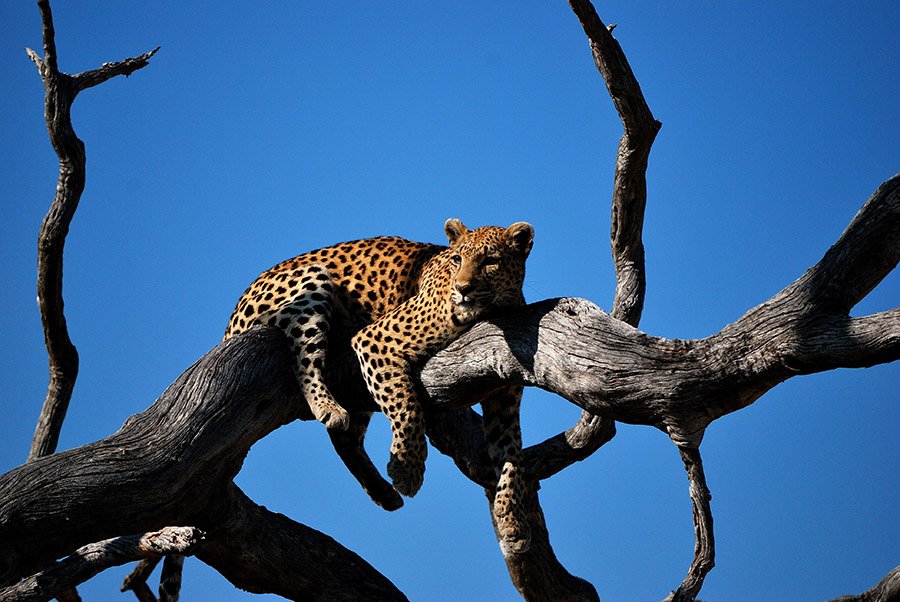
In the West and Central Asia regions, leopards are currently present in; India, China, Thailand, Malaysia, Vietnam, Singapore, Nepal, Indonesia, and South Korea.
In the Southern regions of Russia, these felines are only present in the 647,000 acres of habitat created by the country’s wildlife conservation body. This area is called the ‘Land of the Leopard Park,’ whose aim was to preserve its endangered leopard species.
Finally, the leopards found in the semi-arid parts of the Middle East include; Israel, Jordan, Syria, United Arab Emirates, Kuwait, and Lebanon.
Also read: Leopard vs. Cougar: Main Differences & Who Wins a Fight?
What Leopards Live In The Jungle?
Jungles are wild habitats with thick vegetation, mainly trees, shrubs, bushes, and vines. Unlike rain forests with a dense canopy coverage limiting sunlight and rainwater penetration to the ground, jungle vegetation is well distributed to facilitate the penetration of these elements to the ground.
Such conditions promote healthy vegetation growth, which attracts high numbers of herbivores. As a result, the abundance of these animals also attracts predators, including leopards. These leopards are generally known as ‘Jungle leopards.’
However, specific names are used to refer to the different sub-species according to the location of the jungle where they live. Below is a comprehensive list and details of each jungle leopard sub-species.
Clouded Leopard
Although scientists don’t categorize them as leopards since they are not part of the Panthera genus (their scientific name is Neofelis nebulosa), they exhibit some leopard-like characteristics.
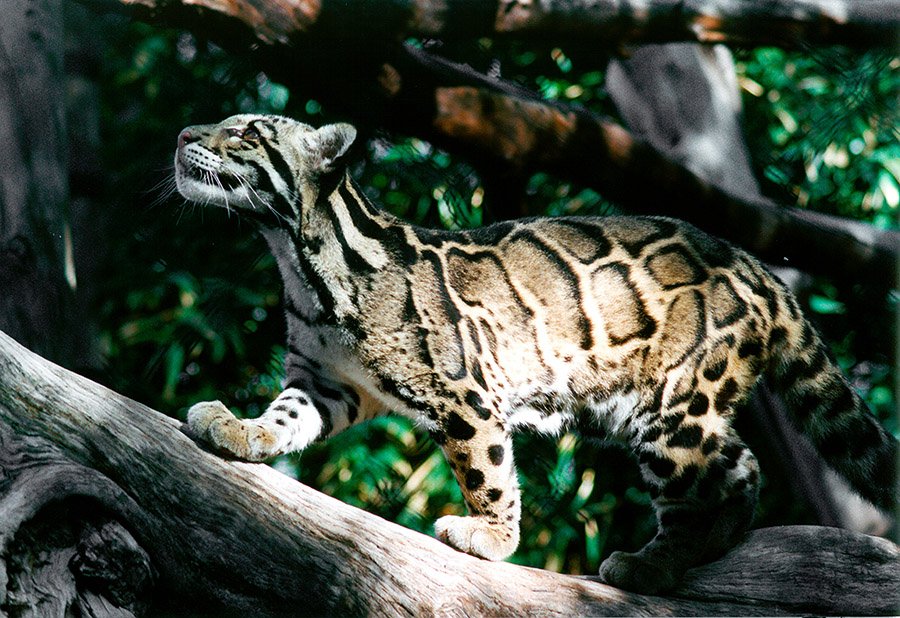
For instance, their body fur is coated with cloud-shaped spots (hence the name clouded leopards), which resemble those of the leopards. They are also excellent tree climbers, solitary, and very secretive, traits that are highly associated with leopards.
They are only found in the jungle habitats of Asia, mainly in the Indonesian forests and the Nepalese Himalayas highlands. Due to their elusive/secretive nature, there is limited information about them. Unfortunately, they are part of the globally endangered species since their population is significantly decreasing.
Also read: Do Tigers Eat Leopards? A Complete Answer
Javan Leopard
This highly endangered leopard sub-species is only found in the jungle regions of the Indonesian Island known as Java. It explains why they are called Javan leopards, although their scientific name is Panthera pardus melas.
The continuous increase in human population, which leads to deforestation and encroachment of their natural habitat, as well as being poached for their skin and as trophies, has led to their decrease in numbers.
Currently, their population is estimated to be 188-570.
Indian Leopard
Scientifically known as Panthera pardus fusca, this subspecies is only found in India (Gir National Park), Nepal, Bhutan, and Pakistan.
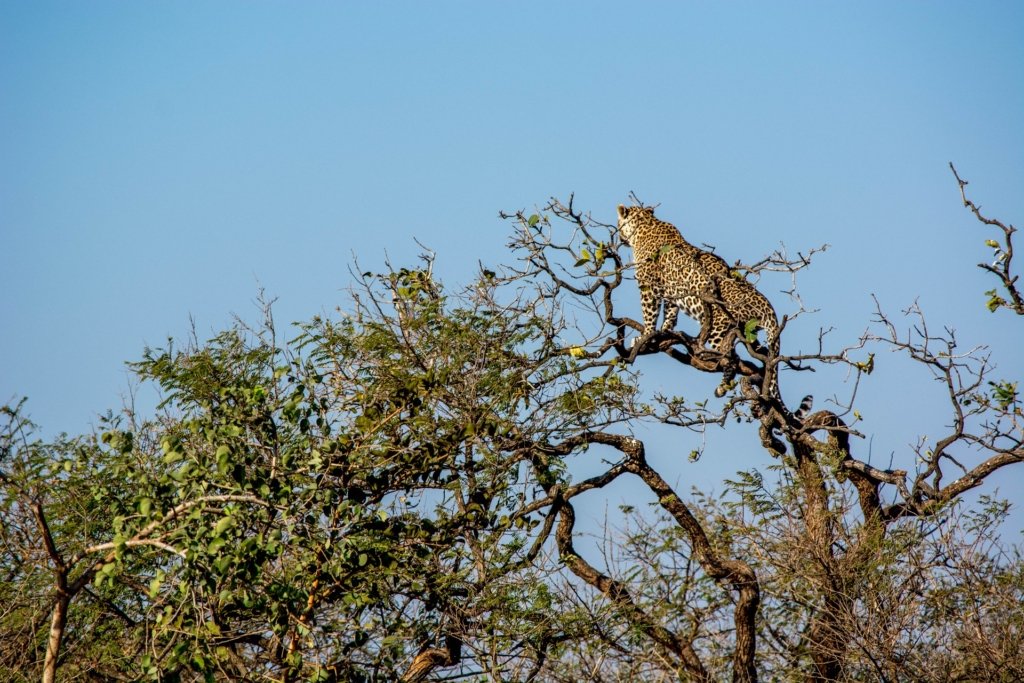
The Indian leopard has a darker and more visible marking on its fur, which enables it to camouflage well with its habitat. It’s also likely to have a dark melanin coat. When the leopard subspecies exhibit a dark color on its fur, it is referred to as a black panther.
Unfortunately, Indian leopards are also endangered species. One of the primary reasons for this situation is that humans have encroached on most of their natural habitat.
Therefore, human-wildlife conflict is common among these sub-species since they kill and eat humans (hence why they are called man-eaters). To avenge and defend themselves from future attacks, people living close to these cats often kill or poach them for their valuable skin.
Ruwenzori Leopard
This sub-species (Panthera pardus ruwenzori) is only found in the African jungles of Mount Ruwenzori, which is located in Uganda and slightly extends to DRC Congo.
The Ruwenzori leopards have smaller spots that seem more abundant than other subspecies, such as the Indian leopards. Fortunately, they are not part of the endangered species since their current population is significant.
Adaptations of Leopards to The Jungle
Each leopard subspecies has developed the necessary adaptation features and characteristics to enable them to survive in their respective habitats.
Below are some of the most common and vital adaptation mechanisms/traits adopted by leopards living in jungles in different global locations.
Perfect Tree Climbing Skills
All leopards (especially those living in the jungle) are excellent tree climbers; since they have to drag their prey’s carcass to the top of trees in order to secure the meal.
They have sharp claws on all their limbs (enabling them to maintain a firm grip), as well as long and flexible tails (to maintain a stable balance) while climbing the jungle’s trees.
Also read: Hyena vs. Leopard: Key Differences & Who Wins in a Fight?
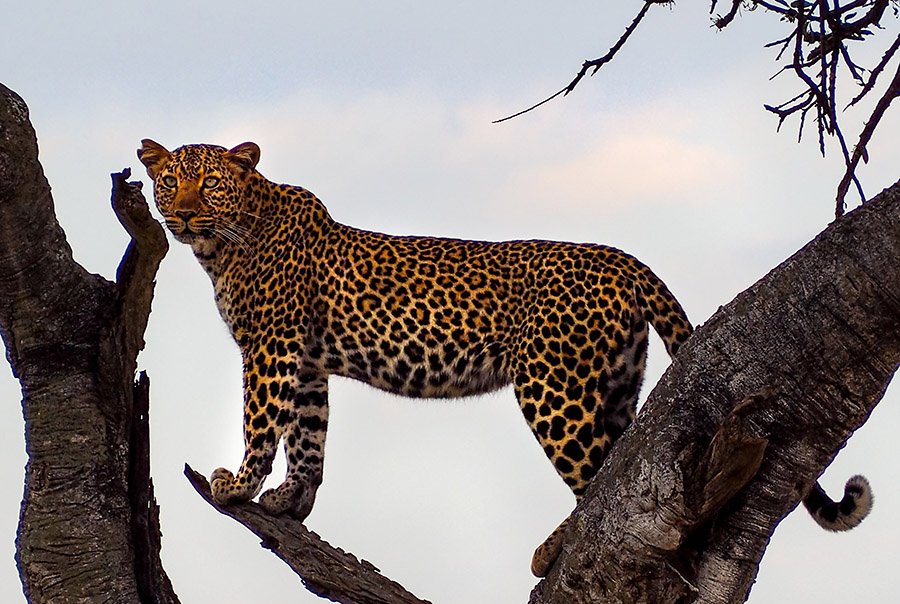
Strong Jaws
This feature is also essential in all jungle leopards as it enables them to drag carcasses that weigh almost twice their overall body weight away from their competitors’ reach. Their safe zones may include tree tops or thick vegetation covers such as shrubs and bushes.
Camouflage
The leopard’s unique spots on their body fur are not meant to make them beautiful; on the contrary, it’s a camouflage mechanism that enables them to blend well with their habitats.
For instance, the dark melanin in black panthers makes them perfect night hunters (since almost all leopards are nocturnal, meaning they usually hunt at night). Therefore, it’s hard for their prey to spot them until they are very close.
Apex Predatory Nature
This characteristic is among the jungle leopards’ unique traits. They are not picky regarding their prey; instead, they can quickly adapt according to their habitats.
For instance, they are known to hunt small prey like; birds and primates such as monkeys, antelopes, gazelles, and deer. When an opportunity arises, they can also target and kill large animals, which may even be twice their size, such as zebras, wildebeests, and baboons.
Where Do Black Panthers Live?
Black panthers are only found in three continents, Asia, America, and Africa. However, they are only present in specific regions of those continents.
In Asia, they mainly live in the Southern parts of India, Southwest parts of China, Nepal, Sri Lanka, Indonesia, and the Southern areas of Malaysia.
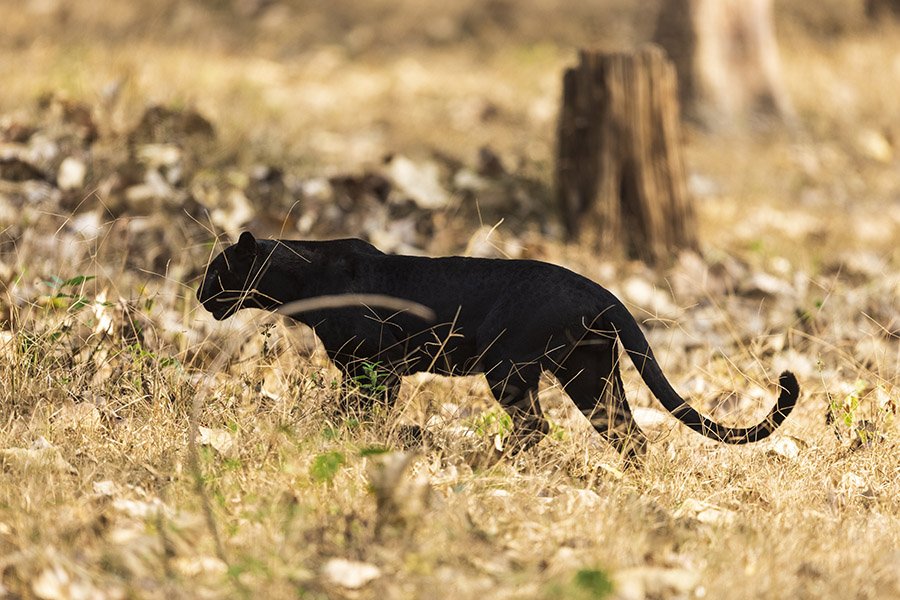
In America, they are only found in the Central and Southern American regions of Florida (USA), Mexico, Costa Rica, Panama, Brazil, and Paraguay.
In Africa, they are only present in the Alpine zones of Laikipia County in Kenya.
Final Thoughts
It’s essential to note that humans are a significant threat to all leopards, especially those living in the jungle. The continuous encroachment of their natural habitats and poaching has led to their diminishing numbers worldwide, regardless of the geographical location.
Therefore, it’s essential for all wildlife conservationists and governments where these big cats are present to step up their preservation and protection measures to prevent the total extinction of leopards

